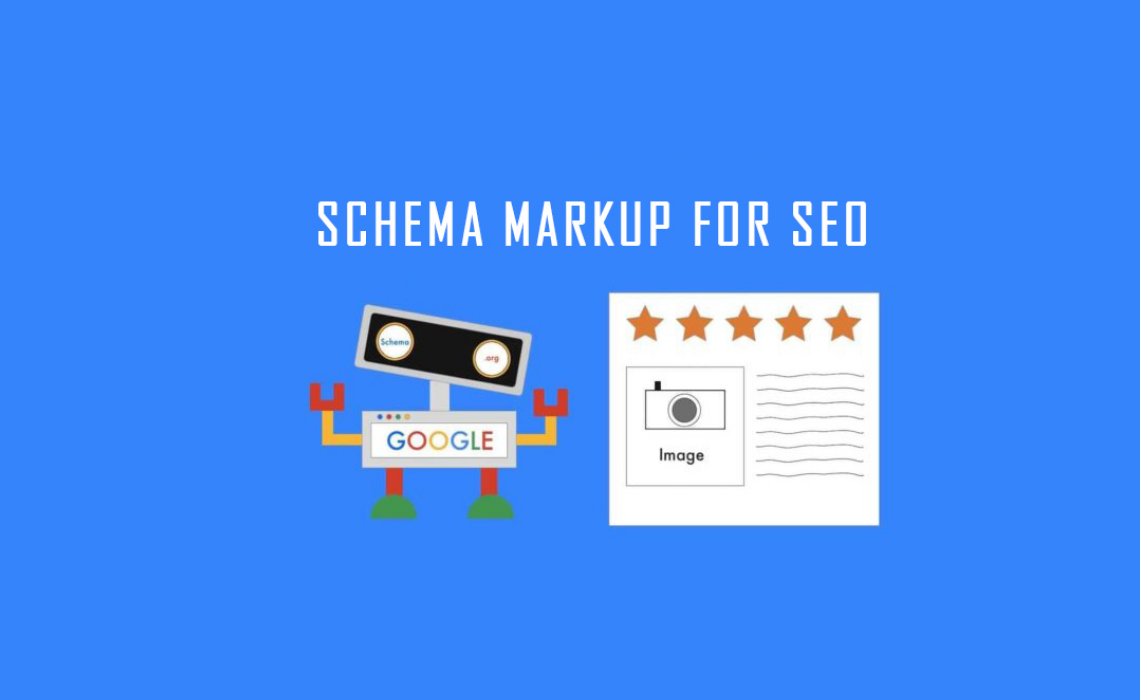Schema markup, also known as Structured Data found at Schema.org, is a form of microdata that provides context to an otherwise ambiguous webpage.
In simple language, what this means is that by adding schema tags to your website, Google can supplement your website’s search results with additional information in the form of Rich Snippets.This creates an enhanced description which appears in search results.
Does Schema Improve Your Search Rankings?
Although there is no data to support it wholeheartedly, rich snippets do make your web pages appear more prominently in SERPs and have a good chance of improving click-through rates.
What Is Schema Used For?
Below are some of the most common uses of schema markup.
How to do schema markup
Schema markups can be implemented by adding different languages of code — including RDFa, Microdata, and JSON-LD – to any HTML, XHTML, and XML-based document to embed metadata on a web document.
Resource Descriptive Framework in Attributes – RDFa
RDFa’s attributes include:
- about – specifies the resource the metadata is about
- content – overrides the content of the element when using the property attribute
- datatype – specifies the datatype of text specified for use with the property attribute
- rel and rev – specifies a relationship and reverse relationship with another resource
- src, href, and resource – specifies a partner resource
- typeof – specifies the RDF type of the subject or the partner resource
Microdata
Microdata implementation is similar to RDFa and its attributes include the following:
- itemscope – creates the item and indicates that the rest of the element contains information about it
- itemtype – describes the item and properties with a valid URL of a vocabulary (for example, “https://schema.org”)
- itemprop – indicates that the containing tag has the value of a specified item property (ex, itemprop=”name”)
- itemid – indicates a unique identifier of the item
- itemref – references properties of an element that are not contained in the itemscope. This provides a list of element ids with more properties elsewhere in the document
Javascript Object Notation for Linked Objects – JSON-LD
JSON-LD stands for Javascript Object Notation for Linked Objects. This is the easiest method and best suited for beginners. In this case, a schema can be directly implemented by pasting it directly in the <head> or <body> tag of a web document.
The notation uses “@context” and “@type” attributes to specify the vocabulary (schema.org).







